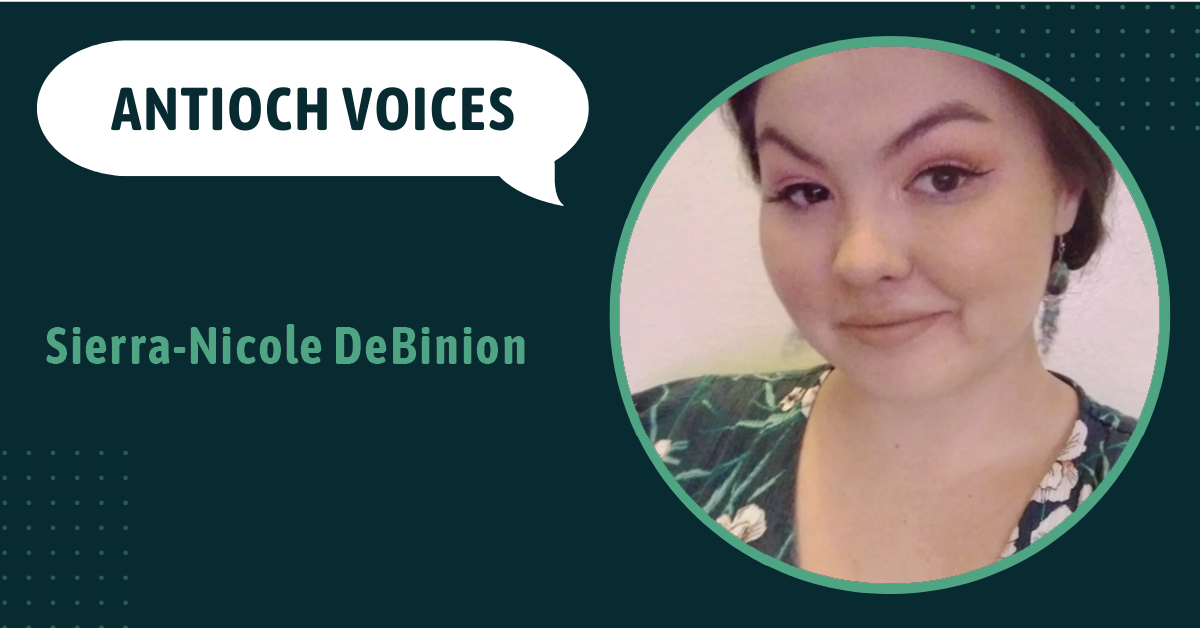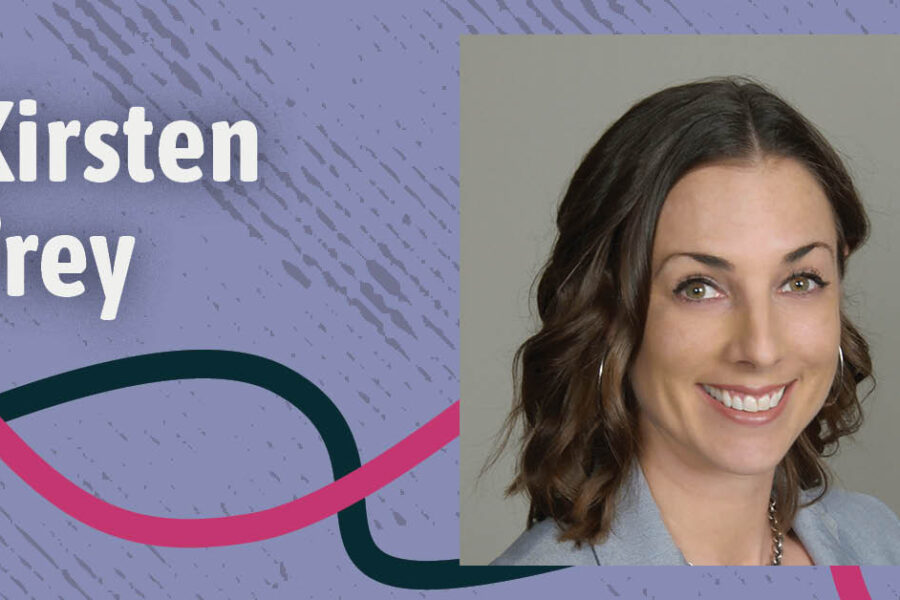My name is Sierra-Nicole DeBinion. I’m a hapa haole writer who currently lives in Arizona with my mother, two dogs, Lucy and Ricky, and two turtles, Fred and Ethel. I’m a student, a sexual assault survivor, and a nature enthusiast. Today, as an MFA haumana, student, and a mea kākau, writer, in the Antioch MFA Creative Writing Program, I have a passion for historical fiction. I’m a wahine who selfishly writes what I would have liked to have read or watched as a young girl- stories about indigenous Hawaiians without the Western oppressive lens.
Growing up, my mother, grandmother, and I lived in our small home in California. My mother worked very hard to support us like so many single mothers or individuals caring for their elders. My mother was also my protector against my verbally and physically abusive grandmother. When I was alone, which was most days as my mother had to work, my grandmother was harder on me. I told my mother about the physical abuse, and she made sure it never happened again; however, she did not know the extent of the daily verbal abuse.
My grandmother loved me in her own way by placing her ideals of what “perfection” was onto me as a child. Some of my earliest memories are of her always telling me that I was too fat.
I internalized that as, I’m not skinny enough, skinny = beautiful. I didn’t deserve to be happy in the body I had, the body I was given. The only way to be happy (I believed) was to be “skinny”, and that was not me.
I was “chubby.”
My grandmother placed her skewed ideals about what perfection meant to her, which she had internalized growing up as a young White woman in the ‘40s and ’50s. I have the privilege to have access to therapy now and am working to overcome the eating disorders that still affect me.
My family was Latter-Day Saints, Mormons, and that was deeply ingrained in my upbringing. My grandmother was the first one to convert in the family, so I grew up a super-religious little kid. The internalized fears of the end of days, my soul, shame, and guilt over my queer sexuality were present daily, and the desire for perfection was a pillar I was never able to achieve. A saving grace for me was that I did not go to a religious college institution and instead went to a small university.
That was when I started losing my religion.
My mother is still processing and mourning my spiritual change, which has been hard on both of us still.
As for my racial identity, my father is Kānaka Maoli and Basque, and my mother is Scottish and Irish. I’ve been called “White” when it served people to call me White, and I have been called other racial identities, slurs, and racially charged insults, when it served them for me to be “X” identity. Even recently, I had a grown man look at me while pulling his eyelids so his wide eyes became slits and ask me, “Why are your eyes like that?” The question threw me back to the playground of my past and the trauma of White kids doing that to me, while White teachers stood by doing nothing.
My parents were separated before I was born, but my mother kept some Kānaka iconography, imagery, and design in our house, and also later in our little apartment after my grandmother died and we lost the house in California.
When I was young, my mother enrolled me in hula, a gift of storytelling that was not so long ago illegal. Her influence planted the seeds of curiosity about that side of my identity. (Mahalo nui loa, makuahine!)
I had the honor of visiting the ‘āina as a keiki twice, once for family and once for a cousin’s wedding. I have fond memories of upcountry, Makawao, my ʻanakē, and a couple of cousins who lived there, the roosters, u’a, rain, and comments on the heavy polalauahi, fog.
Every time I visited the ‘āina, I never wanted to go back “home” to California. Hapa haole author Kristina Kahakauwila discussed her longing to be back in her ancestral home in her book, This Is Paradise. She posed the question, “Was local being from a place, or of it?” It made me think of my connection to the āina, how some of my ancestral histories lead back to the taro groves, but “home” was back on the mainland.
I believe one’s connection to the āina, their ancestral history, and respect for the āina grounds the individual in whatever setting they may be living; the connection is present in one’s koko, blood. Everyone has a right to be proud of who they are and to love their body. I’m still working on loving my curves, and loving myself, but I love my eyes, my ancestral history, what I have survived, and what I am still working to overcome.
I want to end with a few things:
- The National Eating Disorder Hotline phone number is (800) 931-2237
- Someone’s culture is not a party theme.
- Hawaii is a non-self-governing people whose land was stolen by the United States.
- Indigenous Hawaiians have been displaced from their native homeland and forced to move to the mainland due to the mass influx of haole, who are buying up property, which has been a problem for decades, but especially during the pandemic when there was an influx of homebuyers buying, renting out the property, and raising housing prices. [Department of Business, Economic Development, and Tourism.]
- Hawaiians are also losing their lands to billionaires buying up acres of farmland, and the massive hotels and resorts forcing native or local people to live impoverished.
- Hawaiians disproportionately make up the homeless population. Over half of all homeless individuals on the Hawaiian Islands identify as Native Hawaiian or Pacific Islanders. [2020 Oahu Point-in-Time Count]
Mahalo nui loa!




